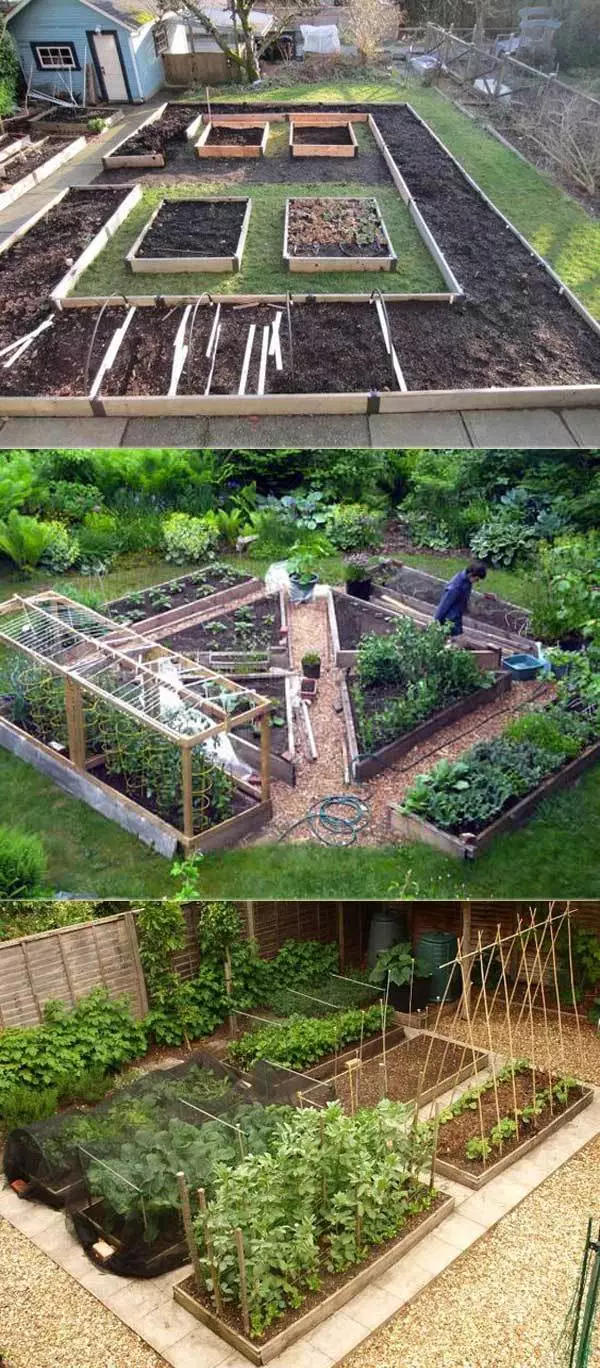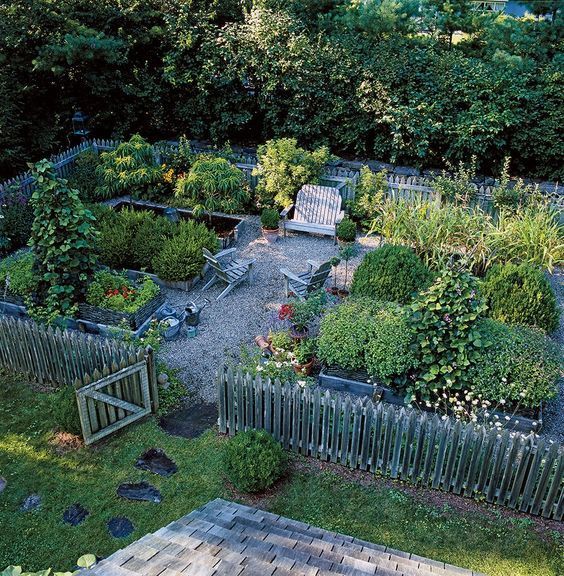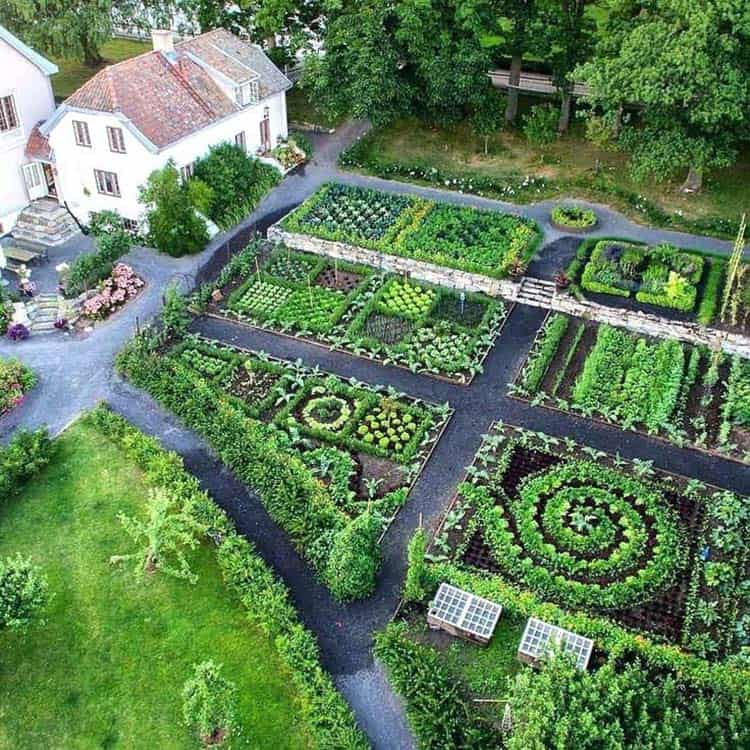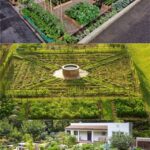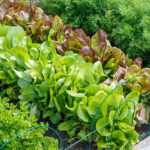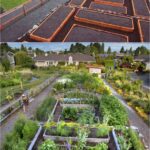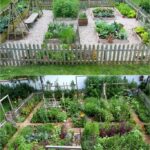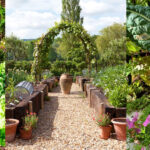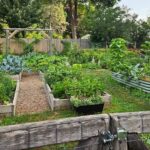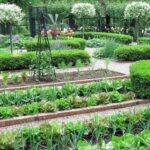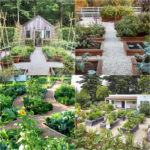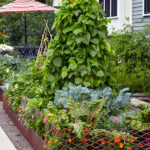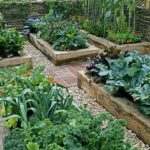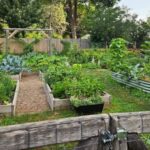When it comes to designing a vegetable garden, there are a few key considerations to keep in mind in order to create a successful and productive space. The first step is to carefully plan out the layout of your garden, taking into account factors such as sunlight exposure, soil quality, and water availability. It’s important to choose a location that receives at least six hours of sunlight per day, as most vegetables require this amount of light to thrive.
Next, consider the size and shape of your vegetable garden. A raised bed design is a popular choice for many gardeners, as it allows for better drainage and easier access to the plants. If you have limited space, vertical gardening techniques such as trellises or container gardening can help maximize your growing area. It’s also important to consider the spacing requirements of each type of vegetable you plan to grow, as overcrowding can lead to stunted growth and poor yields.
When it comes to selecting plants for your vegetable garden, choose varieties that are well-suited to your climate and growing conditions. Consider factors such as frost dates, humidity levels, and pest resistance when making your selections. It’s also a good idea to choose a mix of fast-growing and slow-maturing vegetables to ensure a continuous harvest throughout the growing season.
Incorporating companion planting techniques can also help improve the health and productivity of your vegetable garden. By planting certain crops together, you can help deter pests, improve soil fertility, and maximize space. For example, planting marigolds near your tomato plants can help repel pests, while planting beans near corn can help fix nitrogen in the soil.
In addition to selecting the right plants, it’s important to properly water and fertilize your vegetable garden. Most vegetables require regular watering, particularly during hot, dry weather. Consider installing drip irrigation or soaker hoses to ensure that your plants receive consistent moisture. It’s also important to fertilize your garden regularly with a balanced fertilizer to provide essential nutrients for healthy growth.
Finally, don’t forget to incorporate aesthetic elements into your vegetable garden design. Consider adding pathways, trellises, and decorative elements to enhance the beauty of your garden. By carefully planning and designing your vegetable garden, you can create a productive and visually appealing space that will provide you with a bountiful harvest for years to come.
